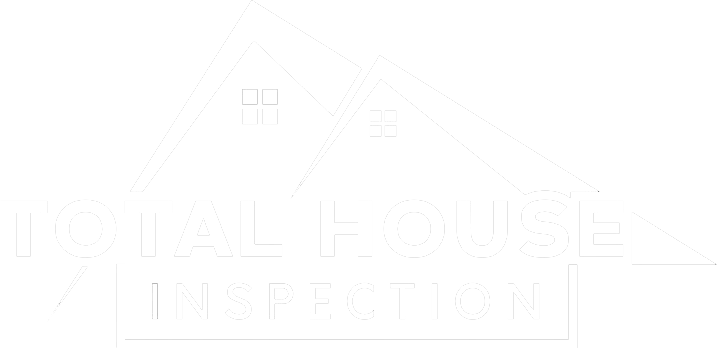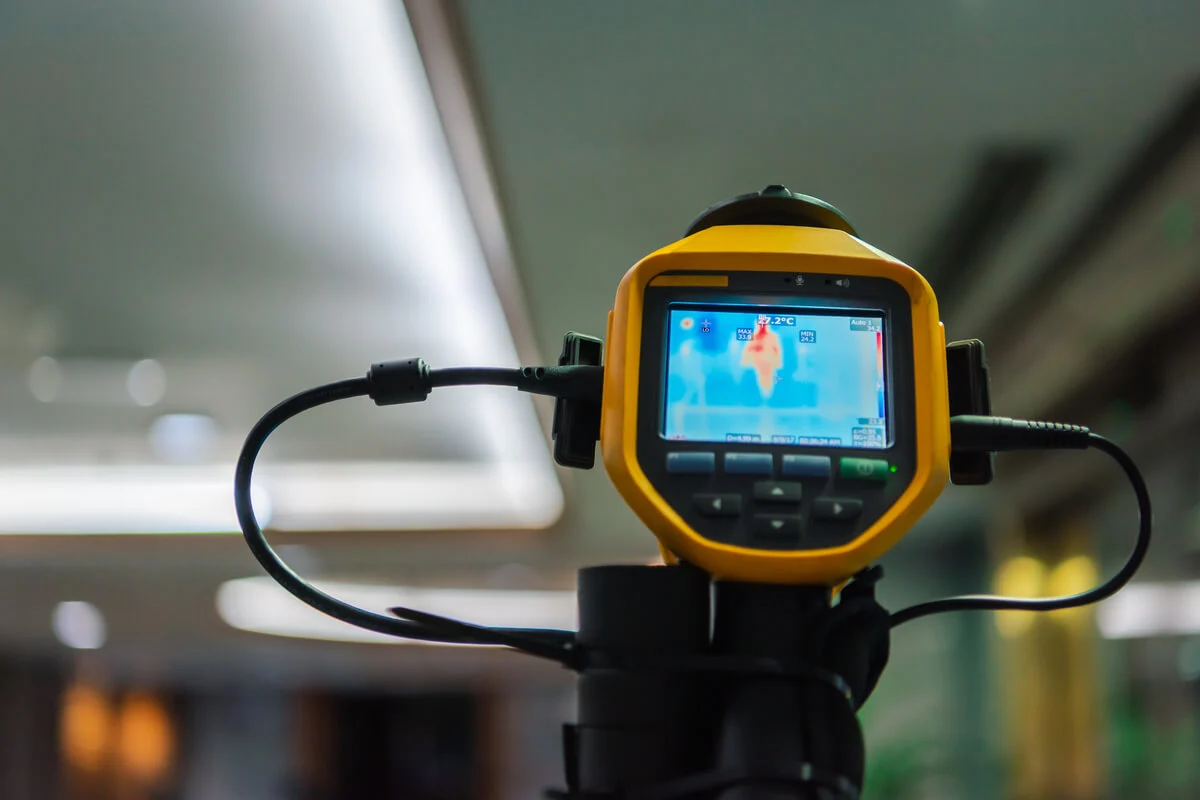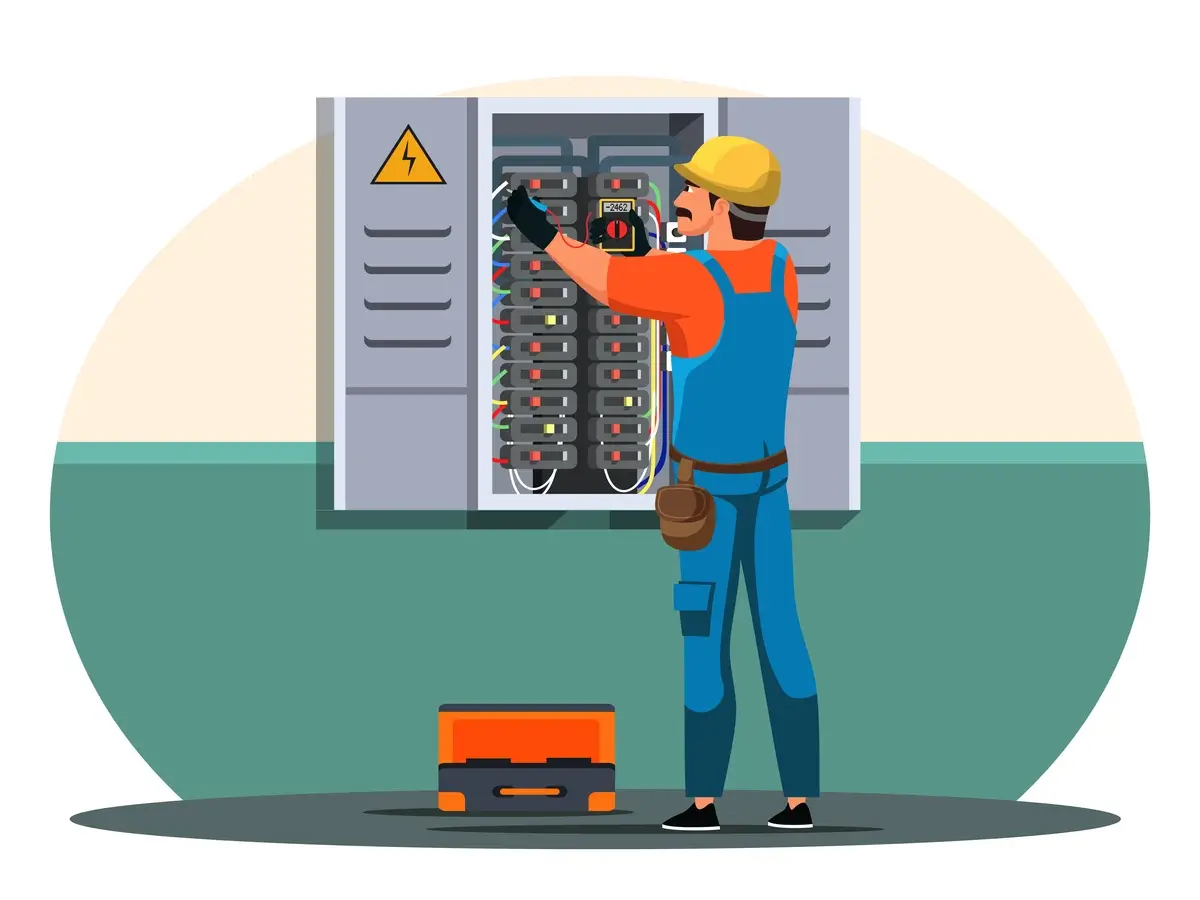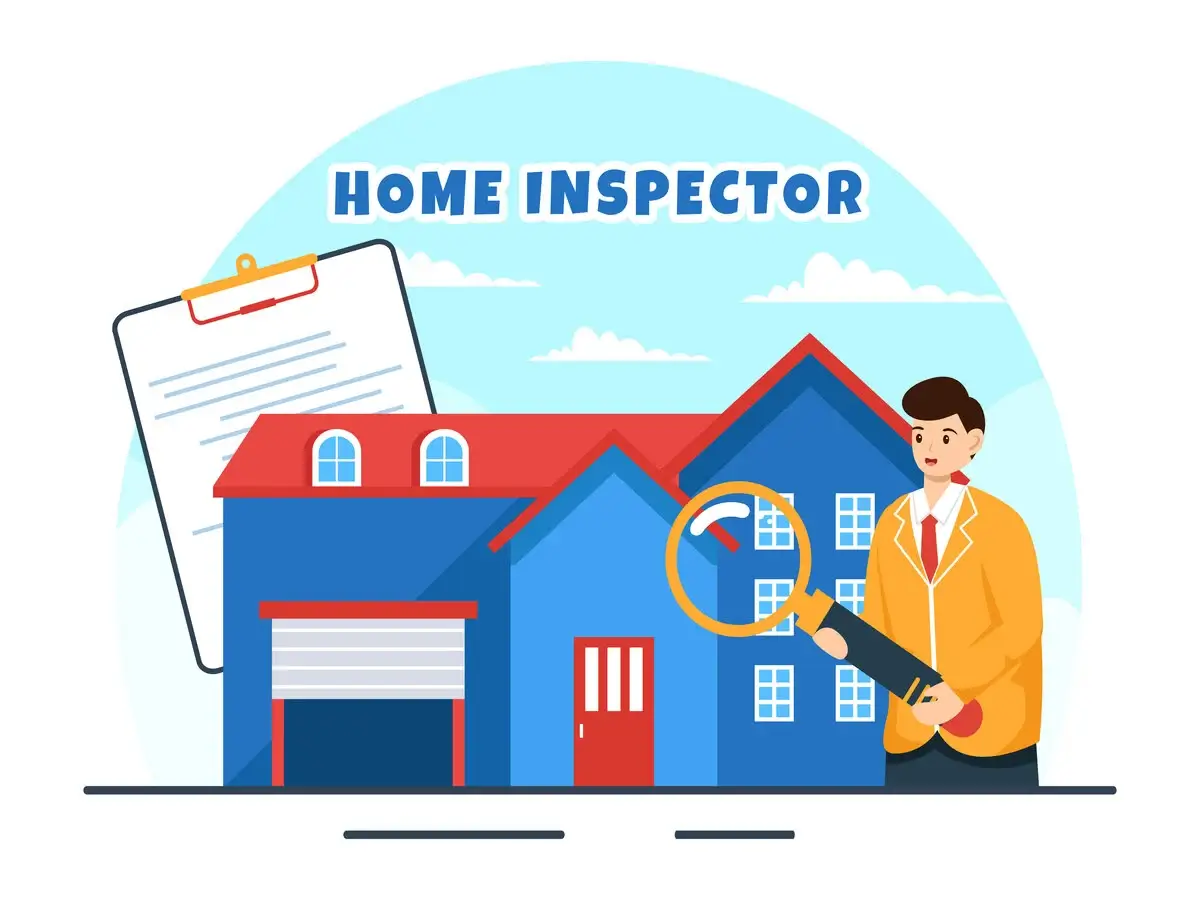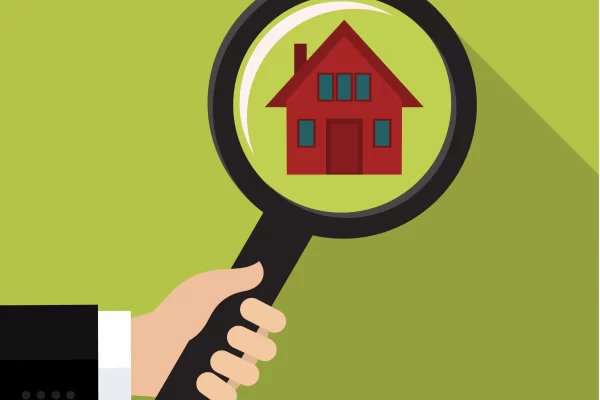We won’t be overstating if we call home inspections a sneak peek into your home’s inner workings. From identifying faulty wiring to hidden leaks, they cover it all. Whether behind the walls or under the floors, no corner of your house is left behind. But, of course, there’s always a chance for human error. These inspections surely are reliable, but the accuracy might linger at times.
What if we tell you that there’s a way these inspections get even more thorough and accurate? Yes! They do. Not only this, but the process also gets even more exciting and efficient. This is all promised with thermal Imaging in home inspections. It’s one of the best ways to say no to human error and rely on the results with blind eyes. The superhero, indeed!
Now, you might think that if this process is so hyped, what are the most common issues it uncovers? From insulation deficiencies to pest infestations, it uncovers it all.
Remember, thermal Imaging is a way to make your inspection process more thorough and accurate. So, whatever it will identify will already be a part of the inspection findings. However, with thermal Imaging, you will get more proper insights.
This blog will discover the five most common issues discovered using Thermal Imaging. But let’s first discuss what thermal Imaging is in home inspection.
What Is Thermal Imaging In Home Inspection?
Thermal Imaging in home inspections involves using an infrared camera to detect and visualize temperature variations. This usually targets the home’s systems and structure. It’d be fair to call it a technological advancement in the home inspection industry. The technology works by capturing IR radiations. These are emitted by surfaces and objects. The radiation is then translated into visible images that represent temperature differences.
The trained inspector scans your home’s interior and exterior during the process. They look out for anomalies that could indicate hidden issues. Some of the most common issues are discussed in the next section.
The Common Issues Found with Thermal Imaging
Insulation Deficiencies
One of the most common issues detected by thermal Imaging is insulation deficiencies. Inspectors understand the insulation’s significant impact on energy efficiency and comfort. Thus, they ensure that this factor in your home is not compromised. The thermal imaging cameras reveal the temperature differentials. They, therefore, become invaluable tools for identifying areas with a lack of insulation.
Signs of inadequate insulation include hot or cold spots on ceilings, walls, or floors. This indicates the areas where heat or cool air is escaping or penetrating the home. Moreover, these deficiencies not only compromise the home’s thermal envelope. However, it also results in increased energy consumption and utility costs. This is because heating and cooling systems work harder to maintain desired temperatures.
Moreover, poor insulation can result in discomfort for occupants. The rooms might feel drafty or inconsistently heated. By pinpointing insulation deficiencies early on, thermal Imaging empowers homeowners to address these issues promptly. Later, improving energy efficiency, comfort, and overall indoor environmental quality.
Moisture Intrusion
This is another common issue. But with thermal Imaging in place, it hasn’t been much of an issue. With the help of thermal cameras, inspectors identify temperature differences caused by moisture. One of the most common causes of this moisture is the leaks in pipes or roofs. This is a concern. When moisture sneaks into ceilings or walls, it leads to various problems. This includes:
- Mold
- Rot
- Damage to the home’s structure
With thermal Imaging, inspectors spot these hidden wet areas. Eventually, letting you fix leaks early and stop more damage. Thermal Imaging in home inspections is the best way to catch moisture issues early. Further, this helps in keeping your home healthy and avoid costly repairs later on.
Electrical Problems
Another issue that is uncovered using thermal Imaging in home inspections. Issues that can be credited as electrical problems all generate excess heat. Thus, it leads to safety hazards like electrical failures or fires. But what are these credited issues? Well, here are some examples of these:
- Faulty wiring
- Overloaded circuits
- Damaged electrical components
Thermal Imaging helps inspectors find these hotspots. Doesn’t matter whether they hide behind walls or in ceilings. With thermal Imaging, issues hiding in invisible places aren’t an issue. The camera can still reach those and thus the inspector. By highlighting these electrical issues, you can take action to fix them before they pose serious risks to the property. Regular home inspections using thermal Imaging can be a way to keep your homes safe. Not only this, but you can also prevent costly repairs in the future.
HVAC Issues
The best way to identify HVAC issues is by using thermal Imaging. Thermal cameras detect temperature inconsistencies in vents, ductwork, or HVAC equipment. They indicate potential problems like:
- Blockages
- Leaks
- Malfunctioning components
Inspectors can identify areas where air conditioning or heating systems are inefficient by capturing thermal images. Or where there are signs of overheating, which could lead to system breakdowns or increased energy consumption.
Detecting HVAC issues early allows you to address them promptly, ensuring their systems operate effectively and efficiently. Eventually, it provides comfort while minimizing energy costs. Thermal Imaging helps you maintain optimal indoor climate control. It also prolongs the lifespan of HVAC systems, saving you time and money on repairs and replacements.
Pest Infestations
Pest infestations are a common concern that is detected using thermal Imaging. The thermal cameras detect the heat emitted by the pests. Whether it is termites, rodents, or other pests, thermal Imaging identifies their presence. The technology reveals the pests’ heat signatures within the floors, walls, or ceilings. This further allows the inspector to pinpoint infestation areas that may not be visible to the naked eye. Furthermore, it enables you to take prompt action to address the issue.
Note that early detection of pest infestation is important. This prevents damage to the home’s structure and minimizes the spread of pests throughout the property. Using thermal Imaging to identify pest issues, you can implement effective pest control measures. Eventually, safeguard your home against potential damage and health risks associated with pest infestations.
Conclusion
Thermal Imaging is an important part of your home inspection. It offers invaluable insights into your property’s condition that might be ignored otherwise.
From insulation deficiencies to pest infestations, thermal Imaging lets inspectors identify a wide range of issues. All of these can affect your home’s comfort, safety, and efficiency.
By detecting temperature variations and anomalies, thermal cameras provide you with actionable information to address potential problems proactively. Ultimately saving time, money, and stress in the long run.
Ready to gain comprehensive insights into your home’s condition? Schedule your Total House Inspection today and uncover any hidden issues that may be lurking. Don’t wait until problems escalate – take proactive steps to protect your investment and ensure your peace of mind.
